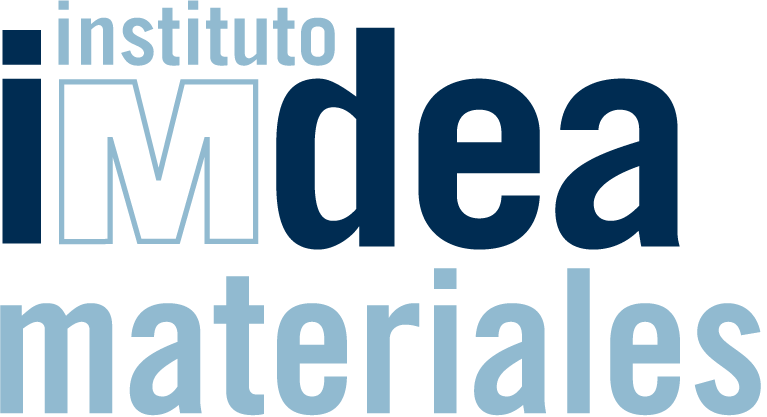Funding: Fonds National de la Recherche Luxembourg
Region: International
Project period: 2018 – 2020
Partners: IMDEA Materials Institute (Project Coordinator), e-Xstream
Principal Investigator: Supervisor Dr. Javier Segurado (javier.segurado@imdea.org); Fellow: Marco Magri (marco.magri@imdea.org)
Polycrystalline metallic materials are essential components in modern automotive and aircraft industries (e.g. high performance components of fuel cell systems, gears, engines…). The mechanical properties of these components and materials are significantly influenced by their structure at different scales. Computational Homogenization of Polycrystals (CHP) arises as an ideal tool to perform virtual material engineering, providing a relation between material microstructure and its performance. CHP is based on the simulation (either using Finite Elements or Fast Fourier Transform based solvers) of the mechanical response of Representative Volume Elements of the polycrystalline microstructure (including grain size, shape and orientation distributions)
under imposed loading paths and environmental condition. CHP has been successfully applied for predicting texture evolution in forming processes, strength or crack nucleation under cyclic loading. However, many issues still open in the application of CHP for virtual testing of polycrystals. In particular, the simulation of the creep deformation and the ductile failure are two problems with strong implications in the design of engineering applications that are far from being resolved. Being able to virtually design new materials, or predicting the influence over material performances of a specific microstructural features is key in order to speed-up material development processes and the adaption of new innovative materials by the industry. It’s especially interesting to perform virtual material design when targeting performances like high-temperature creep as the associated experimental characterization are very expensive and time consuming. The developed models and methodology will aim at being industrialized and inserted within the Digimat software, so that it could be validated using industrial applications and spread in the industry.
Partners


Funded by

